Hong Sung-dam’s Gwangju uprising print exhibition kicks off at NCKU
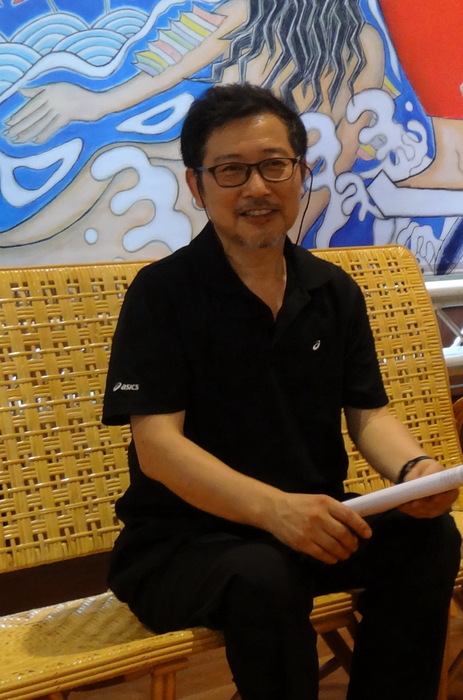
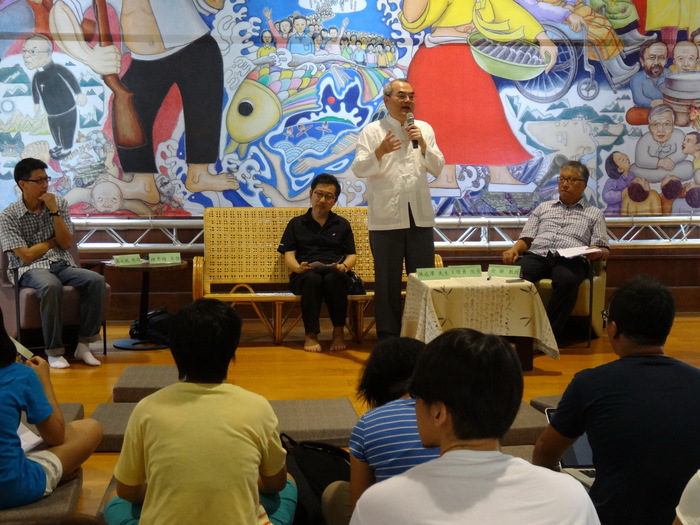
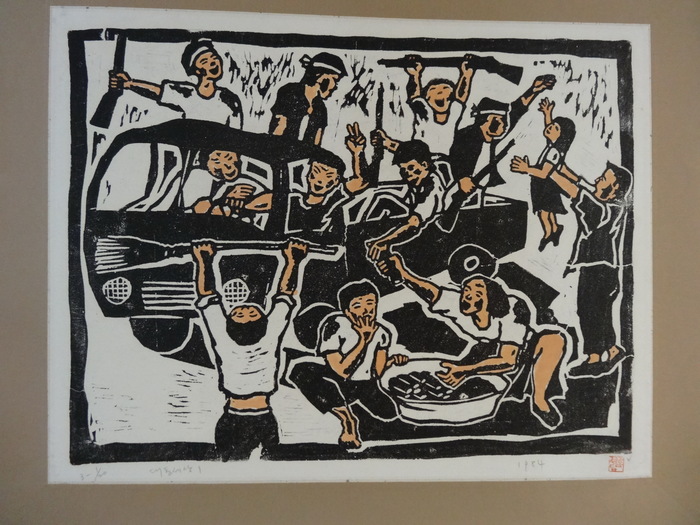
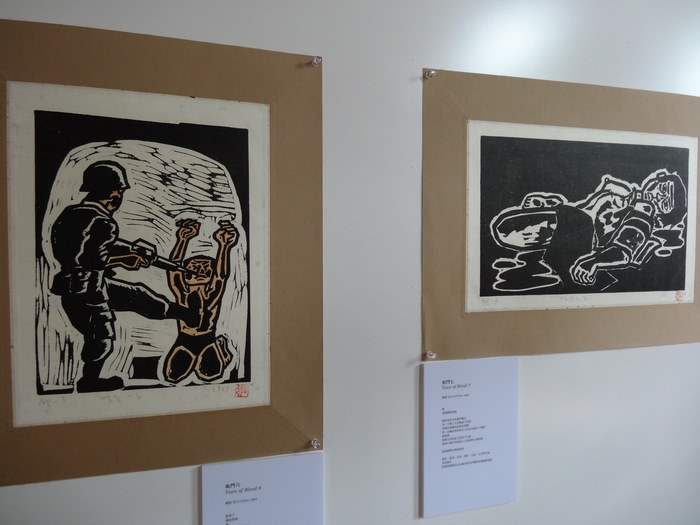
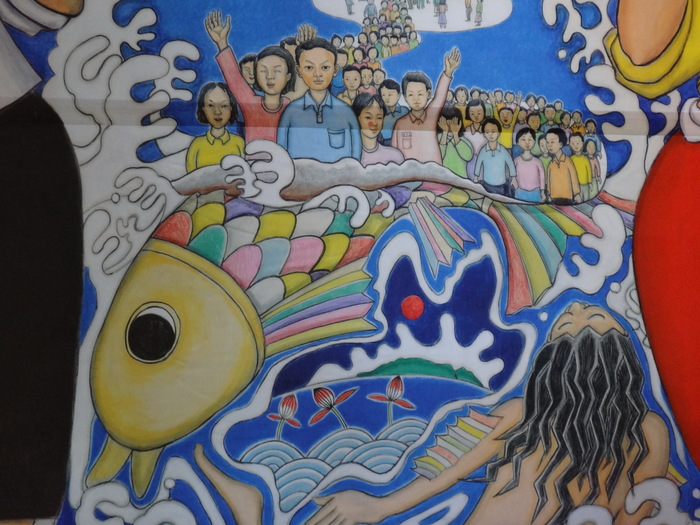
Tainan, Taiwan, September 19, 2014
A series of paintings by renowned South Korean artist Hong Sung-dam is currently on display in the Lecture Room of Taiwanese Literature at the Li-Hsing campus of National Cheng Kung University (NCKU), southern Taiwan.
The exhibition, “Mass Culture in East Asia: Solidarity and Hope,” which will run until October 3, showcases more than 30 sets of Hong's woodblock prints.
The highlight of the exhibition is his controversial painting, “Sewol Owol,” in which Hong illustrated the ferry sinking with a strong hint of both the disaster of the ferry, the Sewol, and the Gwangju uprising in May 1980.
Hong’s work deserves attention in Asia and we can easily relate his experience to relevant context in Taiwan, according to Taiwanese Literature Professor I-Ming Chien who organized the exhibition.
“The images of both resistance and liberation in my work are universal,” Hong said when he introduced one of his woodblock print named Utopia.
He also said, “It shows the real situation in Gwangju during the year 1984 when the uprising has occurred. More importantly, it has changed the way people see the events.”
Chien noted that both Taiwan and Korea had experienced a similar history of dictatorship.
“We host this exhibition to stress the significant issue about people's suffering and East Asian's unfinished democracy,” Chien added.
Hong studied art in Gwangju, which in the 1970s was a center of activism against the dictatorship of Park Chung-hee.
By the time Park’s rule ended with his assassination in late 1979, Hong was an award-winning painter and a participant in the city’s underground pro-democracy movement.
Enditem/
A series of paintings by renowned South Korean artist Hong Sung-dam is currently on display in the Lecture Room of Taiwanese Literature at the Li-Hsing campus of National Cheng Kung University (NCKU), southern Taiwan.
The exhibition, “Mass Culture in East Asia: Solidarity and Hope,” which will run until October 3, showcases more than 30 sets of Hong's woodblock prints.
The highlight of the exhibition is his controversial painting, “Sewol Owol,” in which Hong illustrated the ferry sinking with a strong hint of both the disaster of the ferry, the Sewol, and the Gwangju uprising in May 1980.
Hong’s work deserves attention in Asia and we can easily relate his experience to relevant context in Taiwan, according to Taiwanese Literature Professor I-Ming Chien who organized the exhibition.
“The images of both resistance and liberation in my work are universal,” Hong said when he introduced one of his woodblock print named Utopia.
He also said, “It shows the real situation in Gwangju during the year 1984 when the uprising has occurred. More importantly, it has changed the way people see the events.”
Chien noted that both Taiwan and Korea had experienced a similar history of dictatorship.
“We host this exhibition to stress the significant issue about people's suffering and East Asian's unfinished democracy,” Chien added.
Hong studied art in Gwangju, which in the 1970s was a center of activism against the dictatorship of Park Chung-hee.
By the time Park’s rule ended with his assassination in late 1979, Hong was an award-winning painter and a participant in the city’s underground pro-democracy movement.
Enditem/
Click Num:
Share
